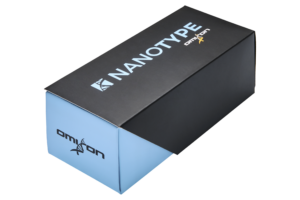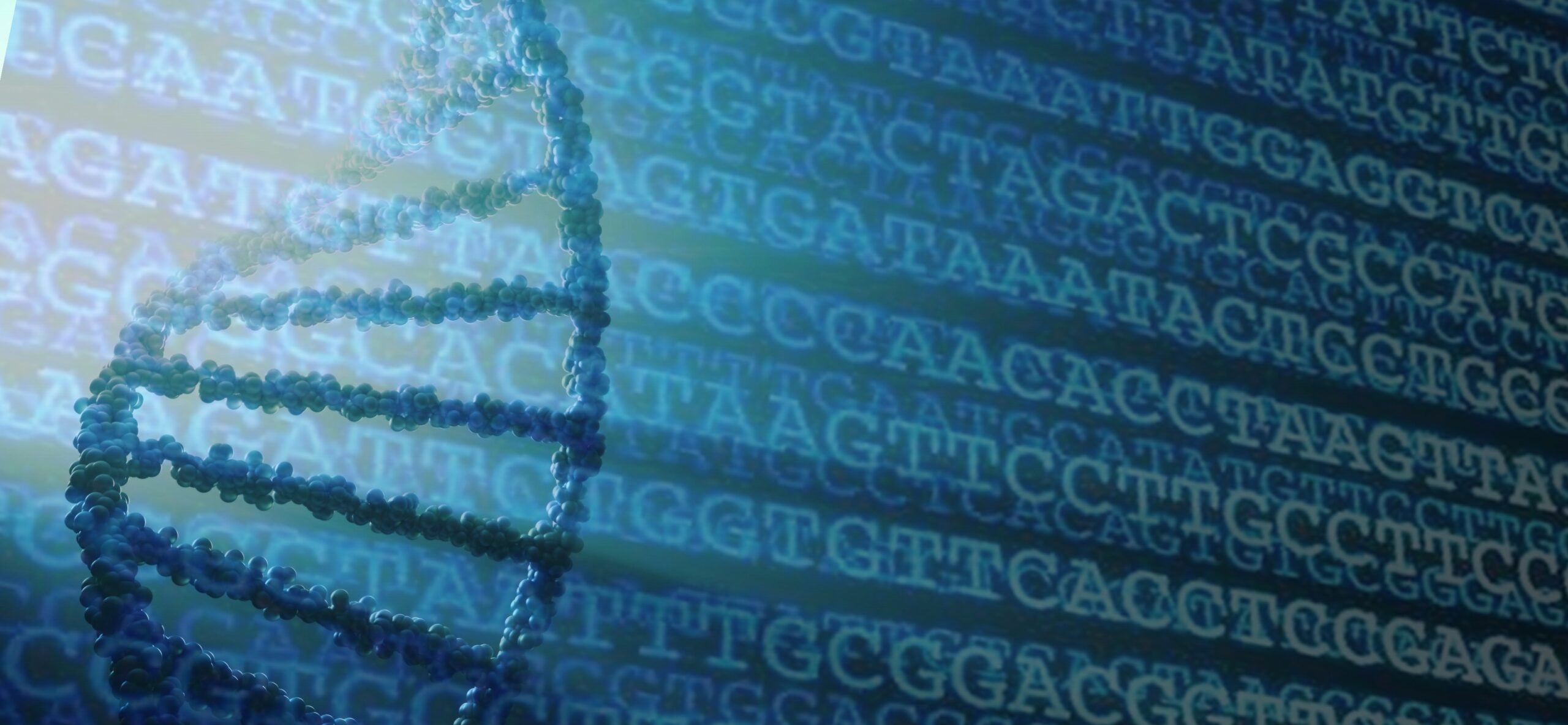Written by Libor Kolesár, PhD
HLA tissue typing is like a constantly changing and evolving organism. During the era of SSP and SSOP methods, Sanger-based typing (SBT) was developed and quickly became the gold standard. SBT had several advantages over SNP-based methods (SSP and SSOP) as it was not dependent on the known reference alleles and had enormous power to identify new polymorphisms. That is why SBT contributed significantly to the expansion of the IPD-IMGT/HLA Database. However, as each method, it reached its limits caused by its design and sequencing technology and the era of Next Generation Sequencing arrived. The new technology of short-read sequencing introduced for example by Illumina, Roche and Thermo Fisher brought a new understanding of sequencing. It is not only an accurate method with high allelic resolution but a very high sample throughput technology pushing the cost of typing down.
We might say that after a decade of using short-read sequencing methods in the HLA field, another era of sequencing is dawning – the era of long-read sequencing. In this article, I will focus on HLA typing using Oxford Nanopore Technology (ONT) based sequencing. The maturity of this system (library preparation kits in combination with sequencers and flow cells) ensures high resolution HLA typing with low level of ambiguity, and fast turn-around-time even compatible with urgent samples.
Why long-read sequencing? Every tissue-typer will agree that cis/trans ambiguities still complicate unambiguous HLA typing leading either to further reflexive testing or reporting ambiguous results. The root cause behind the issue is the lack of phasing between long-distance polymorphism as well as not fully characterized reference alleles in the IPD-IMGT/HLA Database. Use of long reads is thus logically a molecular tool that has the potential to resolve this problem. There were already attempts to apply the ONT technology for HLA in different research groups. If you search on Pubmed for “Oxford Nanopore and HLA”, you will find already several publications and you’ll realize that we are standing in front of the new era of sequencing – sequencing which is affordable to many different laboratories, scalable from 1 to multiple samples in a short turnaround time, easy to implement and cost-effective.
Timothy Mosbruger and others from the Children’s Hospital of Philadelphia, USA1 showed that with their ONT-based typing system they can reach 99.98% of accuracy, 99.63% of sensitivity and 99.99% of specificity. Furthermore, they demonstrated that use of long-read sequencing resolved all of the ambiguous results caused by the lack of phase, which represented 41.7% (49/119) of the total ambiguities. Remaining 58.3% of ambiguities are due to the incomplete characterization of all exonic regions.
Due to all these considerations, we are convinced that nanopore sequencing will become the future of NGS and will probably rule-out short read sequencing very rapidly. Therefore we developed a new multiplex PCR DNA amplification kit and a newly designed software, adjusted to long reads, to be combined with the ONT rapid barcoding library preparation. The whole sample preparation from gDNA to result requires a maximum of ~5 hours for 1 sample to ~16 hours for 12 samples. It requires only 200 ng of gDNA to type all 11 loci (HLA-A, -B, -C, -DRB1, -DRB3/4/5, -DQA1, -DQB1, -DPA1 and -DPB1).
Our goal is to provide the fastest and easiest workflow for our customers without any compromise on the quality. In addition, the laboratories will appreciate the absence of capital investment or maintenance contract and the small footprint of the instrument fitting in the palm of your hand. We developed a single sample protocol to be used for all urgent cases requiring an immediate response including the deceased donor case and a routine HLA typing protocol for either stem cell or organ transplantation with up to 24 samples. This could represent initially a backup or replacement for SSO, SSP or short-read NGS. Last but not least, the short turnaround time would eliminate the need to batch the samples for cost efficiency and laboratories would be able to process the samples as they come and return results to clinicians more rapidly than today.

Looking forward to seeing you there!
References







